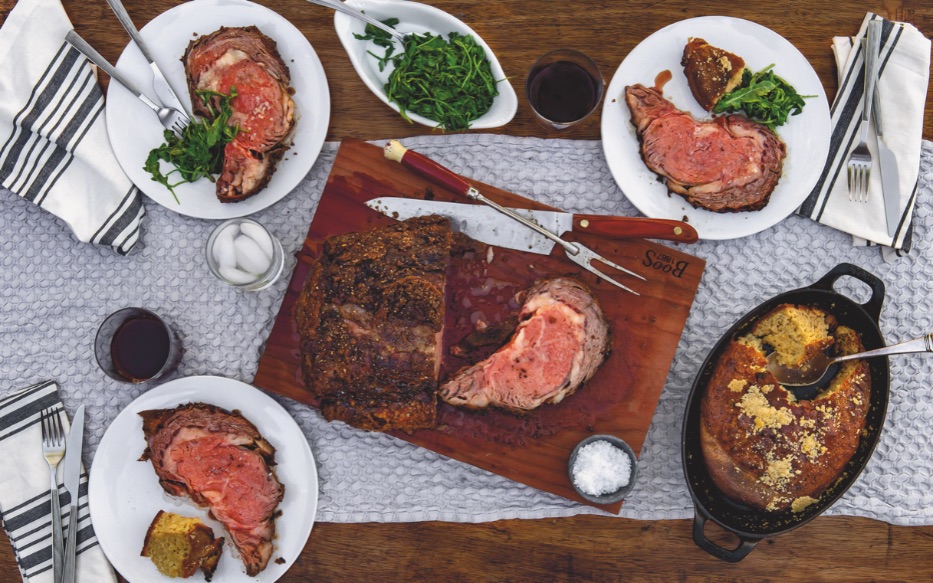We asked local chefs and restaurateurs how their role has helped them form local bonds, give back to others, and come together in difficult times—and how food helps unify across generations, cultures and communities.
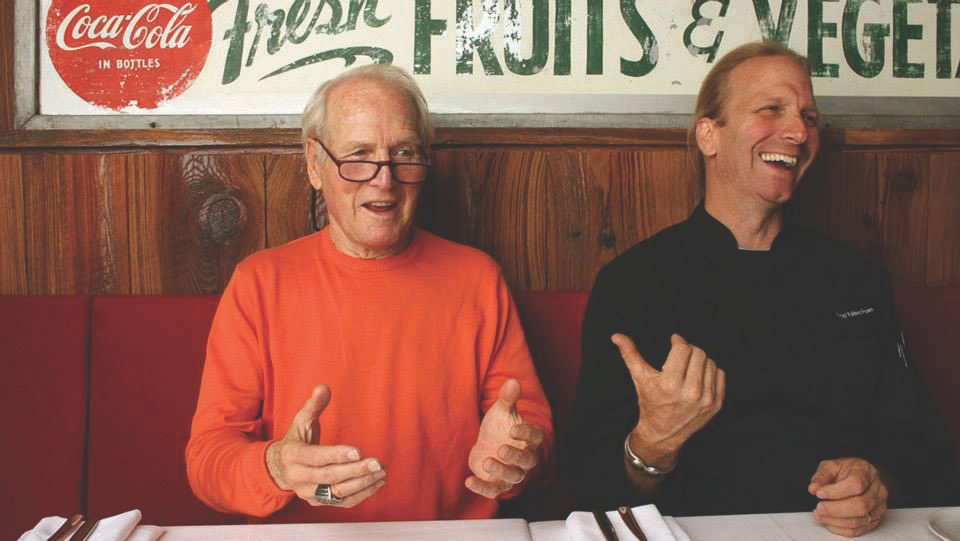
Michel Nischan has worked a lifetime to put healthful, sustainable food on people’s plates as chef and restauranteur and as a tireless policy advocate. The co-founder of Wholesome Wave helped launch the nonprofit organization to provide healthy food choices to low-income communities nationwide. He has been an advocate of healthy eating for all socioeconomic communities. He founded Wholesome Crave, a food company selling responsibly sourced plant-forward soups to large-scale dining facilities (and now direct- to-consumer), and donating a portion of gross sales to sister charity Wholesome Wave. Nischan shared with Serendipity his perspective on food as an intricate part of the ties that bind humanity.
In what ways has your role as chef provided you with unique opportunities to form community bonds?
As a chef, you are always connecting directly with so many people from all parts of your community. When you choose to make feeding people your life’s career, you’re really making a decision to ‘live to serve.’ When genuine hospitality is part of your DNA, you apply it to everyone.
When I started working in communities struggling with food and nutrition insecurity, engaging authentically with community members came naturally. If you truly care about who you are serving, whether a customer, a neighbor, or a community member in need, your primary purpose is to ensure a sense of ownership in the outcome, whether a finished dish or a policy.
Food is considered one of life’s great unifiers. What memory exemplifies that?
I was at a farmer’s market in Massachusetts run mostly by Hmong and Somali farmer’s in a low-income community. I saw an African American woman and a Hispanic man with three children doing the weirdest sign language with a Cambodian grower who was selling fuzzy melon—a very strange looking vegetable. Fuzzy melons are quite large and the farmer was selling them for a dollar each, which is a great deal. The woman and man were trying to figure out what to do with the fuzzy melon because it was so big and so cheap, but the farmer didn’t speak English or Spanish. The farmer reached into her van and took out her lunch box with a delicious looking stew-type salad made with fuzzy melon and let the man and woman taste it. They enthusiastically bought several melons.
This memory helped me truly understand the power of food. Here were three people who spoke three different languages, who each got what they wanted because they communicated through the sharing of food.
How have you preserved the tie between food and people in recent months?
I discovered Instagram live and the power of cooking via Zoom. So many of my followers were looking for solutions because they found themselves having to cook at home a lot. Engaging with them through my social platforms was a great way to stay connected through food.

“I have a few brothers from the same family, the Garcia’s, that have worked with me for about 20 years. I have always loved Mexico and its food and culture. A few years back, I was lucky enough to visit and stay with their mother in Puebla. I have dined at many places around the world but that meal was one of the best I have ever had. Those guys, that trip, and that meal was really the inspiration behind my newest concept, Don Memo. While the lockdown is not a time I would like to repeat, it did push us to continue to think outside of the box and showed us how our industry can come together to support each other when we need to.
-BILL TAIBE, THE WHELK, DON MEMO, KAWA NI WESTPORT, CT

“Learning about the food we eat, helping in its preparation and having fun in the kitchen is all part of a healthy connection to food.”
-DEBRA PONZEK AUX DELICES, DARIEN, GREENWICH, RIVERSIDE & WESTPORT, CT
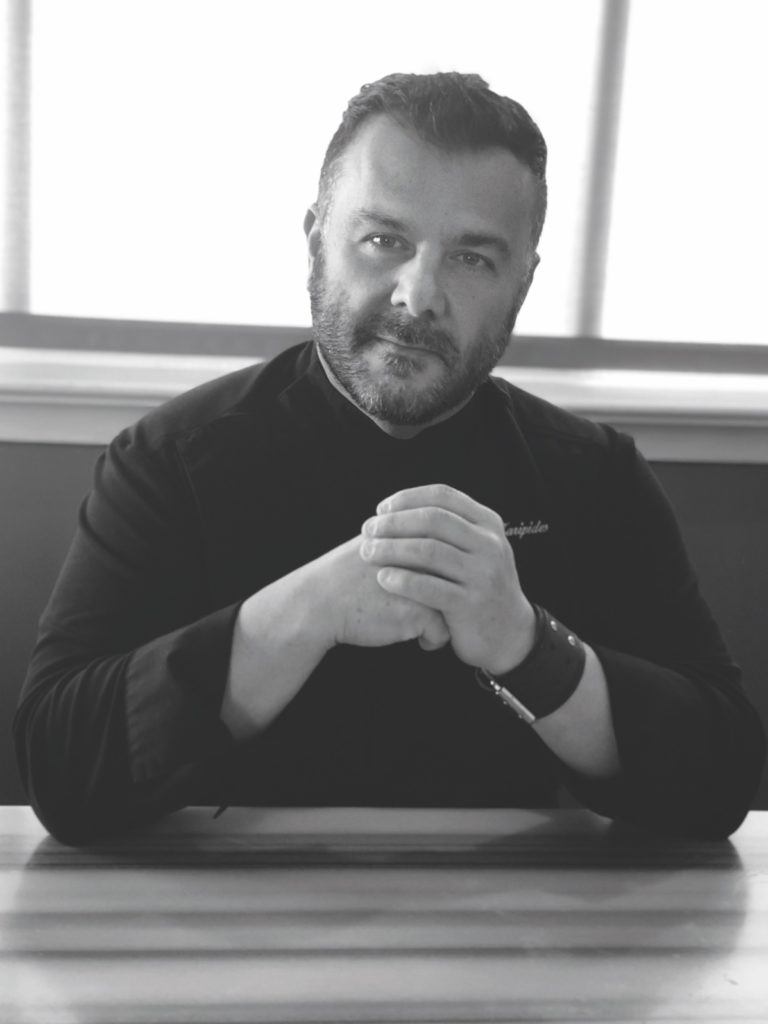
“A few months ago the Greenwich Botanical Society planted fresh vegetables on our sidewalk space to raise awareness of gardening and growing food in small spaces—it’s perked the interest of our neighbors and hopefully inspired them a bit. From the beginning of the pandemic the restaurant took on the new role of a sort of local community church or refuge; we were there to provide meals, work, clothing, and for some people just a place where they can come to talk. “
-STAVROS KARIPIDES FAMOUS GREEK KITCHEN, GREENWICH, CT

“For us it always comes back to the farmers. I’ve had the privilege of working with, and learning from, some of the truly great farmers in our region. The seasonality of what we have in this part of the world, from the first baby greens in late spring, to pitch-perfect heirloom tomatoes and sweet corn in summer, to super sweet winter squash and apples in winter gives us not only the flavor of a certain time of year, but also perspective. Eating seasonally is what we did 50 years ago, and the benefits of doing so are more important now than ever before.
-MIKE GELLER, MIKE’S ORGANIC, STAMFORD, CT
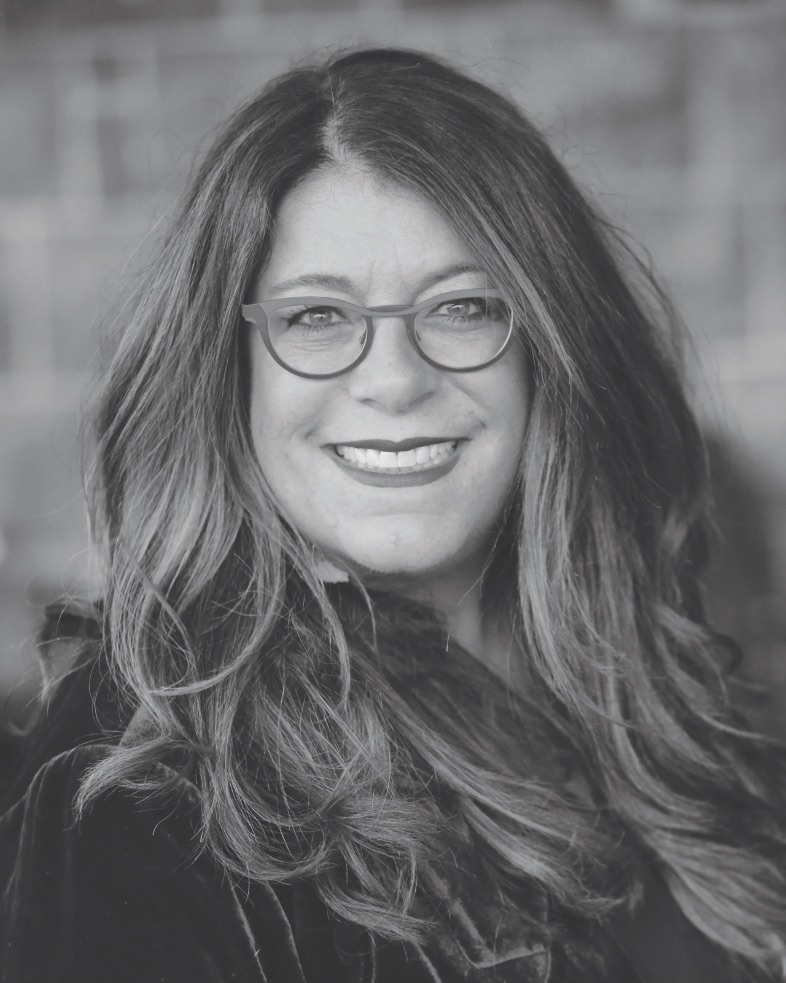
“My grandmother was Miss Cuba in 1938. When she won the pageant, she was awarded a trip to NYC and a modeling contract. She arrived in the U.S. speaking very little English but came packing with her family recipes so she could cook up some comforting dishes that made her feel at home. She would make her grandmother’s paella for all her new American friends and it quickly became their Sunday tradition. Her recipe is still something that we make and love at Marcia Selden Catering and every time someone tastes it, they taste the love that it’s made with.”
– ROBIN SELDEN MARCIA SELDEN CATERING, STAMFORD, CT
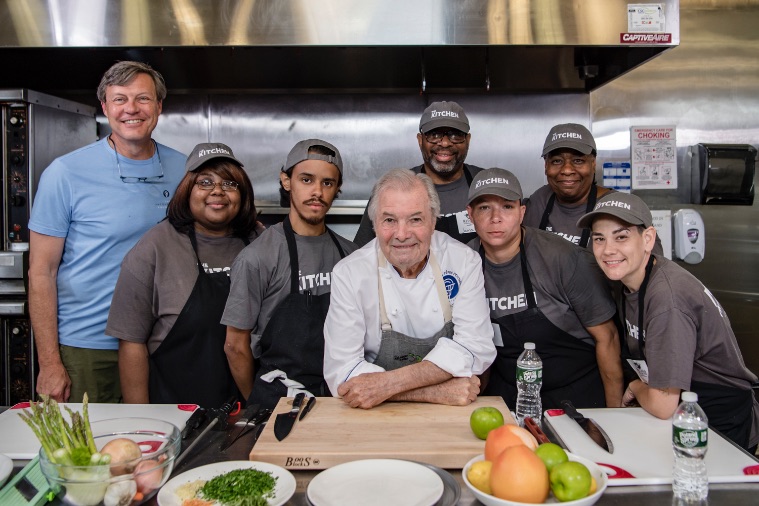
Jacques Pépin has built a reputation for bringing people together with food, as chef, author, culinary educator and now as the founder of The Jacques Pépin Foundation (jp.foundation). The organization supports free culinary and life skills training through community-based organizations. They help those who are unemployed gain skills and confidence to garner a position in the food service industry. Serendipity talked to Pépin about his belief in the ability of food to bring people together and a few of the amazing chefs he has worked with along the way.
How does hospitality and food service work to create communities?
When you cook together, you become friends. When you eat together, you become even more friends. And this is the most basic need of humans, rich and poor. You have to eat together, several times a day. Cooking for someone may be the greatest expression of love. Cooking, eating together creates a very tight community.
Whom do you admire in food?
Many of my friends starting with José Andrés, Andrew Zimmern, Thomas Keller, Tom Colicchio, Daniel Boulud, Michel Nischan, and many, many others. Those chefs do great work in their communities. They are so kind and generous.
What has the pandemic shown us about the relationship between chefs, restaurants and their communities?
I think the people have never realized before how important their local restaurant is as a place to come with the family, a place of gathering to be with friends. People realize now more than ever that chefs do that. The restaurant business really brings a community together. They realize they need to support their local restaurants and help bring them back to life.
How do you preserve that tie between food and loved ones in recent months?
Well, for me I still cook every day. I still go to my garden, I still go to the farm. I still cook every day for my friends and more than everything else in the last year and a half, I have done over 200 videos of very simple recipes to make your life easier, to bring people together. And that has for me been very gratifying.
Tell us about a recipe or inspiration from a childhood memory.
There is no question that the food you eat as a child is very visceral. It stays in your memory forever. I do those eggs that I learned from my mother. And those are half-cooked eggs she used to cut in half, take the yoke out and crush it with a fork. She puts a lot of garlic, chopped garlic and chopped parsley, she mixes it with the eggs and a little milk to make it soft. She wisks the eggs, then she cooks it stuff side down in the skillet, browns it with a little bit of butter, and with the rest of the inside, she mixes a little vinegar and a lot of mustard and olive oil. And because of those eggs I call them eggs Jeannette.
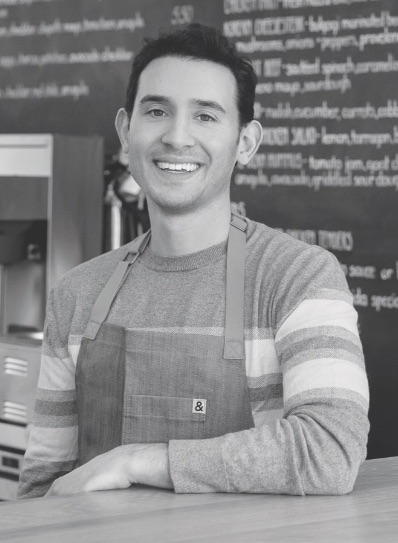
“The ability to become a staple in our customers lives has meant we have a place in their homes multiple times a week. We get to know them; we find ways to collaborate on important causes and to give back to our local community. And this past year and a half, we needed support from our customers and broader community more than ever. The bonds we’ve made have got us through the toughest time I hope we’ll all ever have to face.”
-MIKE PIETRAFESO ADA’S KITCHEN + COFFEE, RIVERSIDE, CT ROOST KITCHEN + COFFEE, DARIEN & STAMFORD, CT
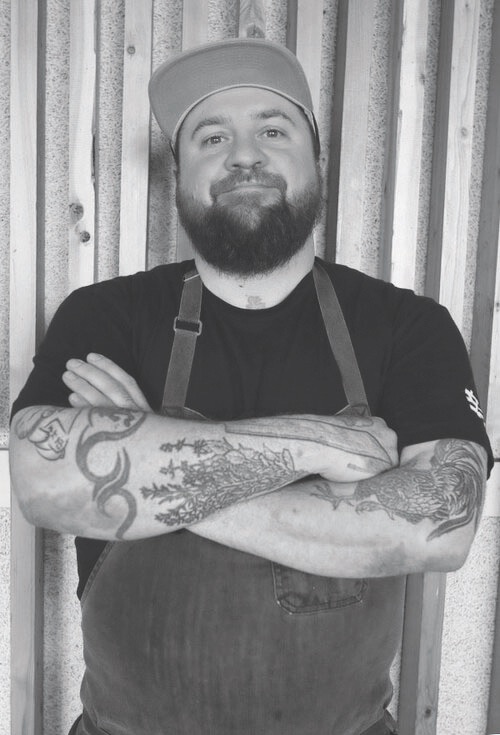
“We used our Eat Justice platform to add a small amount to each bowl of ramen sold. One hundred percent of this went to provide food, house staples and finical aid to our staff that laid off. You can read more at eatjustice.com.”
-BRIAN REILLY, MECHA NOODLE BAR

“I believe that food not only unifies, but also nurtures people. When you approach cooking as not just the simple act of feeding people but also nurturing them, you have a different intention when you cook of ‘why’ you’re doing it.”
-ARTURO FRANCO-CAMACHO SHELL & BONES OYSTER BAR AND GRILL, NEW HAVEN, CT

“I used to work in Singapore and I had this special street food, which was amazing, but what was most fascinating was the owner mentioned that this family recipe never changed in 150 years. When you eat his street food you are eating a piece of his family history.
On how he pivoted during the pandemic to help his community:
During a height of the pandemic, I created a product called OLO (oloband.com) which is a sanitizer wristband. We sold thousands of these to raise money for restaurant workers who lost their jobs. This further bonded our group in our community.”
– MOGAN ANTHONY VILLAGE SOCIAL RYE AND MOUNT KISCO, NY
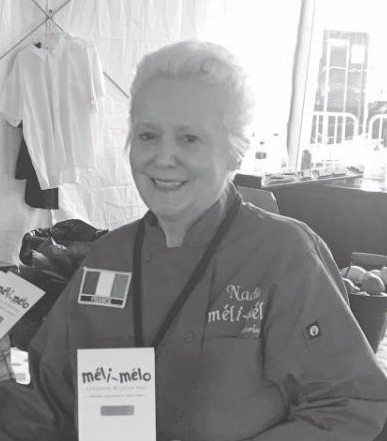
“One way to motivate children to build a healthy connection to food is to bring them to local markets, farms and grocery stores where they can be involved with the process of selecting their own produce. I also highly suggest giving kids a cookbook so they can see recipes and let them choose what the family makes together. I would say let them be involved with the process and encourage them by leading by example. ”
–NADIA RAMSEY, MELI-MELO, GREENWICH, CT
Cover Image from Scott Conant’s Peace Love & Pasta
